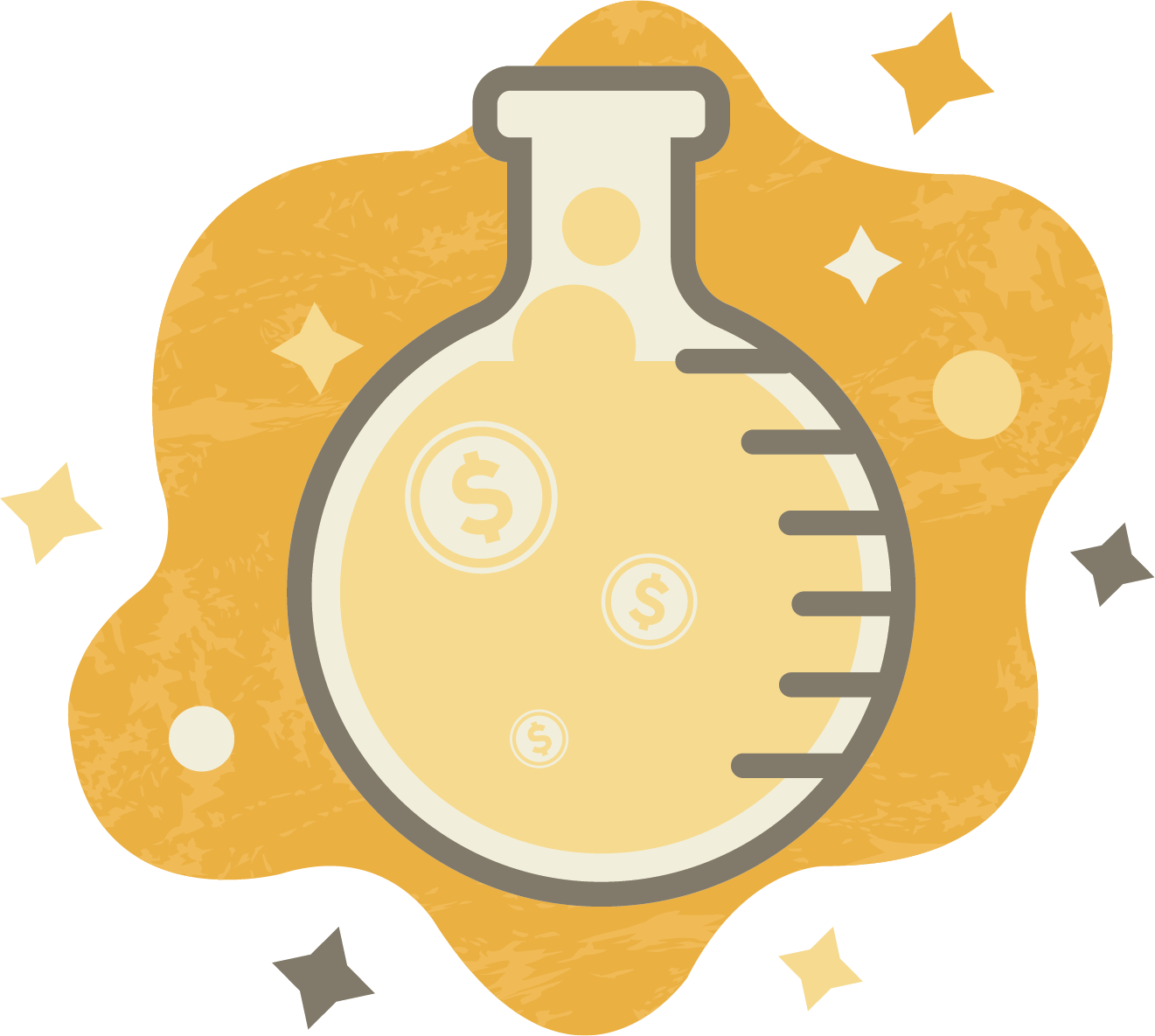How to Stop Worrying
At the heart of this détente was the concept of mutually assured destruction, otherwise known as MAD, an appropriate acronym for the idea that should one of the then-superpowers launch a military attack or invade a sovereign nation, the other would retaliate with an all-out nuclear strike. And, of course, that strike would be followed by another retaliation, creating a cycle of destruction so dire that neither side would dare to start it.
The Day After

Thankfully, the Cold War came and went without MAD. Nonetheless, growing up during the Cold War meant that you lived with the constant overhang of nuclear war. This was made real to American citizens by duck-and-cover air raid drills at school, signs denoting fallout shelters intended to house survivors in the event of nuclear war, and myriad science fiction dramas, such as Dr. Strangelove, A Boy and His Dog, and the made-for-TV movie The Day After.
The Day After portrays a superpower skirmish over Germany that escalates into a full-scale nuclear war. The story is told through the eyes of regular Americans as they experience the bleak aftermath of a nuclear exchange. More than 100 million people watched the film during its initial broadcast on November 20, 1983, which made it the highest-rated television film in history, a record it held for more than 25 years.
Of course, we no longer have the Cold War in its original format, but we have since written or produced the end of the world countless times via movies, television series, and books. Let’s face it; humans are good at catastrophic thinking.
No Nukes Needed
Catastrophic thinking—or catastrophizing—occurs when you imagine that the worst possible outcome will occur in a situation with little basis in fact or reason, according to the American Psychological Association (APA). Sometimes, that imagined outcome results from a choice you have made. It’s a type of cognitive distortion we all experience at one time or another. Catastrophic thinking is part of being human.
It doesn’t take the threat of nuclear holocaust to set us off. It can start with a small thought that escalates rapidly, leading to stress and anxiety. In turn, this anxiety may cause you to react impulsively or keep you from reacting when action is required. At the very least, it creates worry.
Catastrophic thinking takes many forms. It happens in small ways when we are hours from home and wonder if we closed the garage door, when we text a friend and don’t get an immediate reply, or when we make a mistake at work. It happens in big ways as we absorb the news of the day: the 9/11 attacks, the financial crisis, or war in Ukraine.
In any case, thanks to our ancient ancestors, our brains are experts at extrapolating inputs into their worst-case outcomes. When early humans were wandering the savannas, underestimating what was rustling in the bushes ahead could be deadly. As a result, evolution has endowed us with survival instincts when faced with uncertainties, big and small. Sadly, some of these instincts are ill-suited to modern life.

Time Traveling
The financial version of catastrophic thinking comes in many flavors. A recent economic downturn may fuel fears of being laid off. Loss of a big client may make you feel like your job is in jeopardy. A market pullback or concerns about the future of Social Security may make you question if you’ll ever be able to retire. Worry and fear about money issues like these can lead to stress, insomnia, and depression.
A common theme is time travel—these catastrophes exist in the future—so the first step to heading off catastrophic thinking is to stop leaping ahead and focus on what is true right now. Here are four tips to help you manage your catastrophic thinking when it arises.
Replace fears with facts. It’s impossible to be reasonable when you’re in a state of fear, so shift your thinking to your rational brain. “Ignore the mass media,” says CAPTRUST Senior Director and Portfolio Manager Jim Underwood. “You can always find what you’re looking for, so you’ll likely find plenty to support your fears there. Instead, engage experts, read up on the topic, or talk to a trusted friend about your fears.”

Look at the worst-case scenario using data from the past to inform what you think might actually happen in the future. You should quickly find that, while possible, your worst fears are highly improbable. “The fact is, and history supports this, the worst outcome we think about is also the least likely to occur,” says Underwood.
Explore the in-between. Catastrophizing is a form of binary— that is, either/or—thinking. And human nature inclines us to focus on and worry about the negative possible outcomes more than we relish the positive ones. Instead, explore all possible outcomes: bad (but informed by facts!), good, and in-between.
Ask yourself: Is this what I really think will happen? While the worst case could happen, what is most likely to happen? When you dig into the most likely outcome, you may be relieved to find there is much to like about it. It may be much closer to the best-case than the worst-case scenario.
Take appropriate action. We don’t rule the world around us, so catastrophic thinking is often enhanced by a fear that we might end up as victims of forces that are beyond our control. This fear can drive us to take action as a way to feel better and regain a sense of control.
“When and if you feel this urge, make sure that you are not acting rashly,” says Underwood. “Make sure that your actions are based on facts rather than emotion. In reacting to the worst case, you don’t want to make an all-or-nothing decision that closes you off to the best-case or most likely scenarios.”
Live and learn. While you may worry or engage in catastrophic thinking, you are not alone. It’s part of the human condition, not a mental disorder. Our brains are unique tools that have given us many advantages. They also carry baggage from a simpler but much more dangerous time. When you feel yourself slipping into a mental catastrophe, take note, call a time-out, and let yourself off the hook.
“In the end, rather than catastrophizing, it’s important to focus on controlling the variables we can control,” says Underwood. “That includes using data to inform our thinking and trying to manage our emotional state. Things rarely turn out as bad as we fear, so it doesn’t make sense to lose sleep over them.”
How bad could it be, after all? It’s not like the world is going to end.